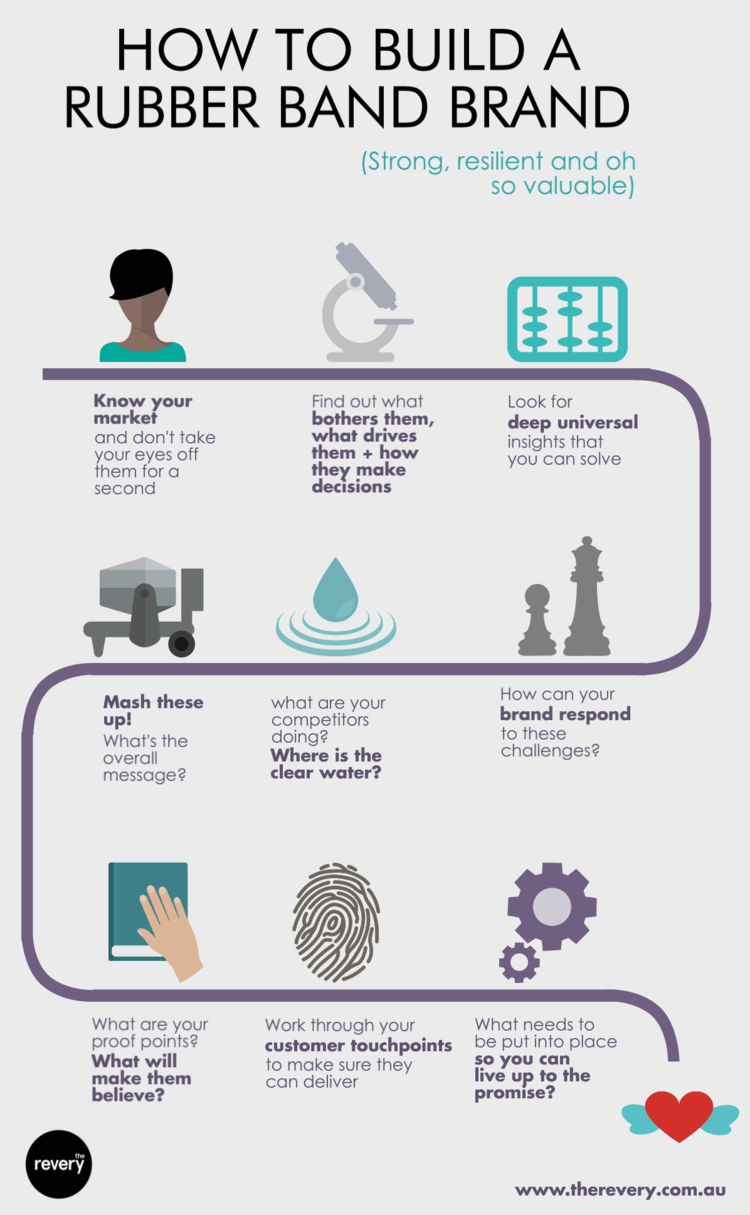 So, this is where we find ourselves: a world in which brands can be incredibly powerful, but more challenging and more expensive than ever to create and maintain, and less resilient. Under these conditions, building a resilient brand – and defending it against both intended and unwitting acts of brand sabotage—needs to be your number one priority.
– Jonathan Copulsky, Deloitte
So, this is where we find ourselves: a world in which brands can be incredibly powerful, but more challenging and more expensive than ever to create and maintain, and less resilient. Under these conditions, building a resilient brand – and defending it against both intended and unwitting acts of brand sabotage—needs to be your number one priority.
– Jonathan Copulsky, Deloitte

In late 2014, Apple overtook Coca Cola as the world’s most recognised brand.
With an estimated worth of $119B – more than several national economies – Apple proved that a strong brand has never been more valuable. And while not every business can be an Apple, the priority it placed on building a strong brand in parallel with its product provides an example to follow for every business. In this new world where customers are more empowered in their decision-making, expect a responsive, seamless customer experience and greater levels of customisation the efforts required to build and maintain a brand can be significant.Brands have never been more valuable – or hard to control.
In this new world fragmentation of media channels and the proliferation of digital means it’s easier to segment and advertise and yet harder to get traction. And even when you think you have it right, your brand is at the mercy of customers and competitors. The balance has shifted, and businesses can no longer control how their brand is perceived amongst the incredible range of consumer choices. In this new world to protect your brand it needs to be made stronger, and more resilient. It needs to become a rubber band brand. Like a rubber band, the very best brands have been thoroughly pared back to a simple, but unified and cohesive form, as easy to understand as a circle. Endlessly practical they are defined by how they fit into their user’s world, are seen more through a consumer’s lens than their own. Rubber band brands are strong enough to hold a business together yet elastic, able to cope with external pressures making them resilient and adaptable. They come in all sizes (just like businesses). And ultimately, we all want to become one.
Part 1: What is a brand anyhow?
A brand is not just your business name or a logo. Nor is it the tagline under it. A brand has become a way of describing a promise or an experience to a customer – the sum total of all their interactions with you. Think of it like a location on a map – when customers want something, they need to know who specifically they can get it from. And because your customers are affected by everything from your customer service team to your management policies, the process of working out what your brand stands for, the position in the market you want to own and how to implement this becomes critical to building a rubber band brand. It doesn’t need to be unique, but you do need to own this position by communicating about it constantly, wherever your customers are.The brand development process: make the boring interesting
While Xero’s tagline ‘beautiful accounting software’ says what it does on the tin, its deeper value proposition ‘a pleasure doing business’ explains why they exist in the first place. Xero came into the market aimed squarely at smaller businesses for whom the practicalities of keeping a business running come a very onerous second to the pleasure of doing whatever it was that made them go into business in the first place. Xero’s dedication to making accounting as attractive and easy as possible struck a chord, and the worldwide success of this little New Zealand business is itself a thing of beauty.Proposition: A pleasure doing business

Part 2: Brand is the cornerstone to any marketing strategy
“A strong brand becomes the customer shorthand for making good choices in a complex and confusing marketplace.” Customers get bombarded with literally thousands of marketing messages daily. To simply get through the day we block out anything that doesn’t resonate with us or grab our attention. And yet for many businesses their top marketing question is simply, “how do I get in front of my target market more?” When really, the question should be “What message will catch the attention of my target market?” Because when someone puts into words or pictures what you’re thinking, it takes on an immediate relevancy the way an English word jumps out when you’re surrounded by Japanese kanji in a crowded Tokyo street. You don’t have to work so hard to catch their attention if the message is already ringing bells in their mind.A properly thought out brand becomes a safe harbour for customers.
We’re tempted to think that frequency is the key to getting attention. Make them see your ad enough times and they’ll start to listen. Instead this leads to fatigue and a lack of engagement, and you begin to think that marketing just doesn’t work. But you don’t have to work as hard at capturing attention if people are subconsciously programmed to seek your message out. A properly thought out brand becomes a safe harbour for customers. Which means over time you can move your customers through the funnel of *Relevance. Familiarity. Trust*. Once they know it, and recognise its use in their lives they trust it and like any habit it makes their day easier. So don’t leap into running advertising campaigns until you’re really confident that you what you’re going to say is going to cut through and be meaningful. Message is king when it comes to advertising or social media and you want to be sure that the money you are spending on paid media, promoted posts and content will be worth it.
Make sure you stick to the script
People need to hear the same marketing message more than once before they fully understand and engage with it. If you keep changing the topic, the conversation is hard to follow, and people lose interest. That’s not to say that in time you can’t build on your brand story, but make sure that you develop a narrative arc which will take people on a journey to a better understanding of your business. That means each message can build on the next, still supporting a single brand proposition but keeping people curious about where you are going to next. You see this a lot with TV ads, which really lend themselves to storytelling – like the love story between Rhonda and Ketut for AAMI Insurance that kept us engaged for years. Even if your budget doesn’t stretch to TV this can work in formats like radio, email marketing and social media. Think of it like taking a picture of the same object from lots of angles. Each looks different and captures a different facet, but when put together you get the whole picture.
And make sure your team are living the brand.
While it seems like your brand relies heavily on the creative execution of your marketing, a word of caution: rushing into running a campaign without embedding a brand fully across the business can put all of your effort at risk. This is because people are increasingly expecting a seamless and cohesive experience with your business. While you approach your website, your call centre and your sales teams as very separate entities, your customers don’t see the difference between the internal silos – as far as they are concerned you’re just one company. So if the message varies too much between ads, your website doesn’t mention a promoted offer, or a call centre rep doesn’t appear to live by ‘we are all about service’ mantra, it can at best confuse people – and at worst…Part 3: It takes time to build a brand that’s flexible enough to last
Does this all seem an awful lot like hard work? The truth is, it takes time to build a rubber band brand. Even the biggest and most familiar names to us now, needed to evolve over time before they were a real success. Take Harland Sanders, who took 10 years to come up with his secret recipe for fried chicken, all the time serving people in his store in the front room of a petrol station day in and day out. It took another 17 years to come up with the seemingly simple idea of serving it in a bucket – one of the hallmarks of KFC for many years. It takes time and careful observation to learn enough about people and what they want. It takes yet more time to work out how best to interpret those needs, and deliver a solution to them in a way that is succinct, memorable, motivating and engaging. It’s practically impossible to form a solid marketing strategy off the back of a single customer interaction (New Coke anyone?), so remember: the plural of anecdote is data.
Part 4: Being different is the most important thing – or is it?
So often when we talk about points of difference in business, we default to thinking about our product, or its price. We know if we can just make people pay attention to everything we want to say about to the new features, and the details and the spec sheet and the options and…hey, where you going? “Successful businesses will be those who “treat different people differently.” — Seth Godin We hazard a guess that when Seth says differently, he means better. More personalised. More responsive to their needs. More about them. You know, actually different.
Brands with meaningful points of difference are more successful.
Finding your point of difference is not necessarily an easy thing to do. It has to be relevant to your customer and compelling enough to get them to change their behaviour – yet not easy for your competitors to match. But exploring this can be worth the effort. There is proof that brands with meaningful points of difference are more likely to be chosen repeatedly by consumers, and tend to be more successful. It’s a matter of finding those things that speak both to how well you understand your customers, and makes you worthy of their consideration. It might be something that’s organically you – insights applied from proprietary software, a great loyalty program. Alternatively it may be something that’s borrowed from another industry that is surprising and inventive when applied to yours.The brand development process: the 5 C’s of diamond buying: carat, colour, cut, clarity – and comfort?
The Diamond Guys. A brand that have their target market down pat. They speak the language of the average bloke who wants to make their missus their Mrs. Flipping engagement ring buying on its head, they aim the experience firmly at men, with offers of a cold beer, comfy chairs and even some footy talk. From their convenient location, online sales and promise of diamonds direct from the supplier their brand is positioned to take away the intimidation while maintaining a little of the romance and mystery.Proposition: For guys who love women who love diamonds.
Part 5: Step-by-step: the rubber band brand development process
The tools of the trade for a brand development process – from value proposition to proof points – include a stack of butchers’ paper, an open mind, and these seven key steps:
- Know who your market is, and don’t take your eyes off them for a second. The point of being in business is to respond to your customers needs. Find out as much as you can about what bothers them and drives them to make decisions, and position what you do from their point of view, not yours.
- Looking for deep, universal customer insights. What do each set of customers think about their situation, and what needs do they have that need solving?
- How can your brand respond? What can your brand do to help answer or dissolve away your customers’ challenges?
- What are your competitors doing? Where is the clear water for your brand to own?
- What is your positioning? What’s the overall message that the marketing needs to send?
- What are your proof points? What are the points of difference that back up the positioning that’s been established?
- What actions are required? What needs to put into place to make this happen? It’s important to live up to what you’ve promised. Slowly but surely work through every touchpoint to see if everything matches your brand positioning. It’s time consuming work, but SO important.

Part 6: Once you’ve started, keep it going
Rubber band brands live their brands daily, and honestly. Imagine a builder who’s brand talks of quality and high standards but drives around in a dirty truck or leaves an untidy building site. How likely are you to believe their brand, hire them, or recommend them to others? Listen to your customers and your staff to know when you’re out of touch. Use social media, customer surveys, mystery shopping even weekly training sessions to uncover areas of improvement, or areas that you can exploit to further strengthen your brand. Make it part of the culture – hiring the right people to be your business is half the battle. Use your brand values to craft job ads and descriptions that appeal to the right person, and make sure hiring staff are looking for the right personality fit, not just a relevant CV. Consider how your brand can be expressed in aspects like customer relations, management and staff attitudes and logistics. Ensuring that your brand is reflected in the growing culture and in the policies that are put in place ensures that your business grows into a bigger version of itself, and not into an entirely different company.
The brand development process: focus on your ‘why’.
Bodycare are an onsite physio company who work with some of Australia’s largest and most complex businesses. Having seen the financial and personal impact of injuries on so many, they aim to prevent them before they occur rather than act as the ambulance at the bottom of the cliff a belief that in principle every injury should be preventable. To build brand awareness and spotlight their proactive approach their brand positioning ‘The first line of defence’ was developed into a campaign with ‘Injury-proof your business’ as the call to action. Supported by a whitepaper that outlined their 6 principles to injury prevention, this gave a taster of their expertise to potential leads, and explained why they are so focused on the lead, rather than the lag.Proposition: The first line of defence.


